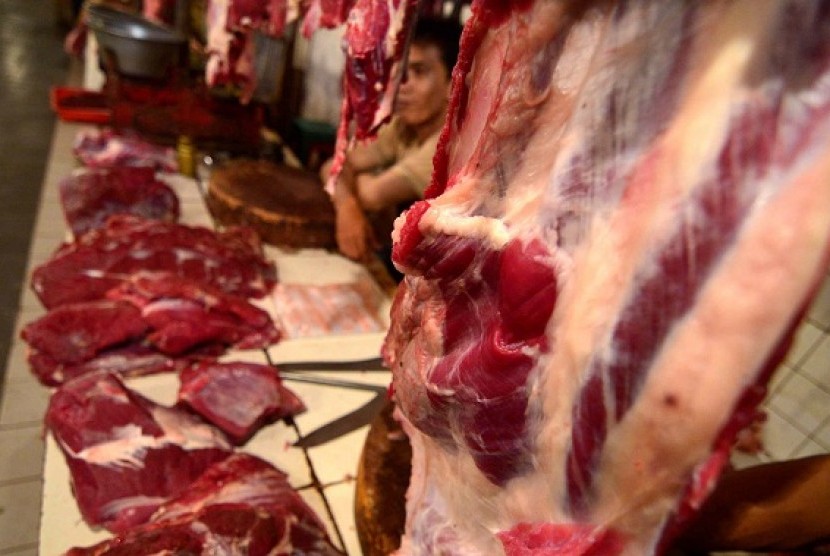REPUBLIKA.CO.ID, JAKARTA - Adequate infrastructures are needed to support the efforts to achieve meat self-sufficiency program in 2014, a senior official said.
"Port infrastructure is needed to maintain the weight of cows which usually lose some 30 kg each during the dispatch from the cattle ranch to the slaughter houses," Director General for Animal Husbandry Syukur Iwantoro said here on Sunday.
He said that limited infrastructure caused the animals to get inappropriate treatment during the delivery time to the abattoirs so that they lost weight up to 30 kg each.
The infrastructure constraints could not be overcome by the directorate general of animal husbandry alone. It should involve other relevant agencies. Cattle ports, including loading and unloading facilities, must be made available.
Syukur said that infrastructures and facilities such as cattle ports and ships fell under the authorities of the ministry of transportation and the ministry of trade.
He said that in connection with food self-sufficiency program, President Susilo Bambang Yudhoyono supported an integrated action program, including meat self-sufficient scheme, done through the availability of land, supporting infrastructures and the utilization of technology.
The director general said that efforts to realize the food self-sufficiency program needed a common commitment.
The recent celebration of the World Food Day could be made a momentum to produce an integrated action program to meet the target in 2014.
Priorities that should be done included the construction of cattle ports, loading and unloading facilities and the procurement of cattle ships. With the availability of these facilities, the appreciation of cattle weights could be reduced to 5 percent only, even disabled or dead cattle could be reduced to zero.
He said that cattle which received inappropriate treatment could lose weights but if they get good treatment, their weights could be maintained.
The director general mentioned that imported cows from Australia could maintain their weights because they have a special cargo ship and were placed in cold rooms and got enough meals and drink. After all, they have a special lane when they were unloaded.
He said that about 10 percent of cows dispatched without better treatment became disabled or died. "Moreover, in two to three days after they arrive, they are slaughtered without waiting for the animal to regain their normal weights," Syukur added.
Data available at the directorate general of animal husbandry showed that about 575 thousand heads of cattle were ready for slaughter but their meat could only reach some 432 thousand tons as a result of the dispatch constraints.


